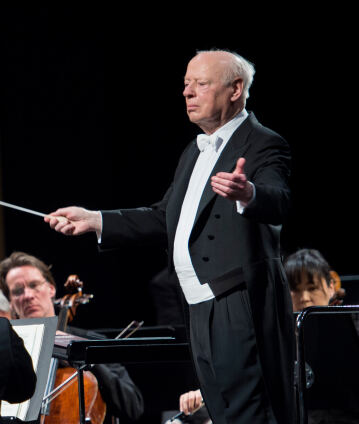Bernard Haitink dirige la Septième de Mahler

Des scènes nocturnes fantomatiques, un final ostensiblement jubilatoire : la diversité expressive de la Symphonie n° 7 de Gustav Mahler est extrême. Bernard Haitink compte parmi ses plus brillants interprètes, comme en témoigne ce concert. Selon un critique, « la Septième de Mahler reste une énigme pour de nombreux chefs d’orchestre, mais pas pour Bernard Haitink qui s’attaque à cette œuvre immense et difficile avec verve et ne se contente pas d’une simple virtuosité ».
Berliner Philharmoniker
Bernard Haitink
© 2009 Berlin Phil Media GmbH